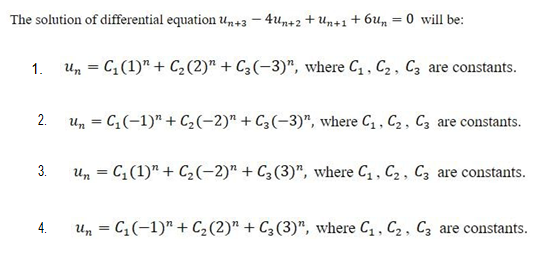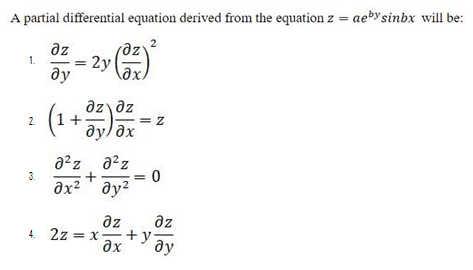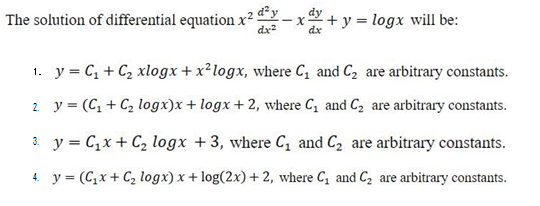Question
A statement is given, followed by two assumptions I and
II. You have to consider the statement and two assumptions and decide which of the assumption(s) is/are implicit. Statement: Lately, several incidents of food poisoning caused by consumption of food grains mixed with impurities have been taking place in rural areas. Assumptions: I. In the rural areas, there are many shops selling food grains mixed with impurities. II.The percentage of people consuming food grains is higher in rural areas.Solution
Assumption I is definitely implicit since impure food grains must be easily available in rural areas. Assumption II is not implicit since we cannot infer anything about the percentage of population consuming food grains in rural areas. Hence, the correct answer is (A).
More Analytical Reasoning Questions
Relevant for Exams:









